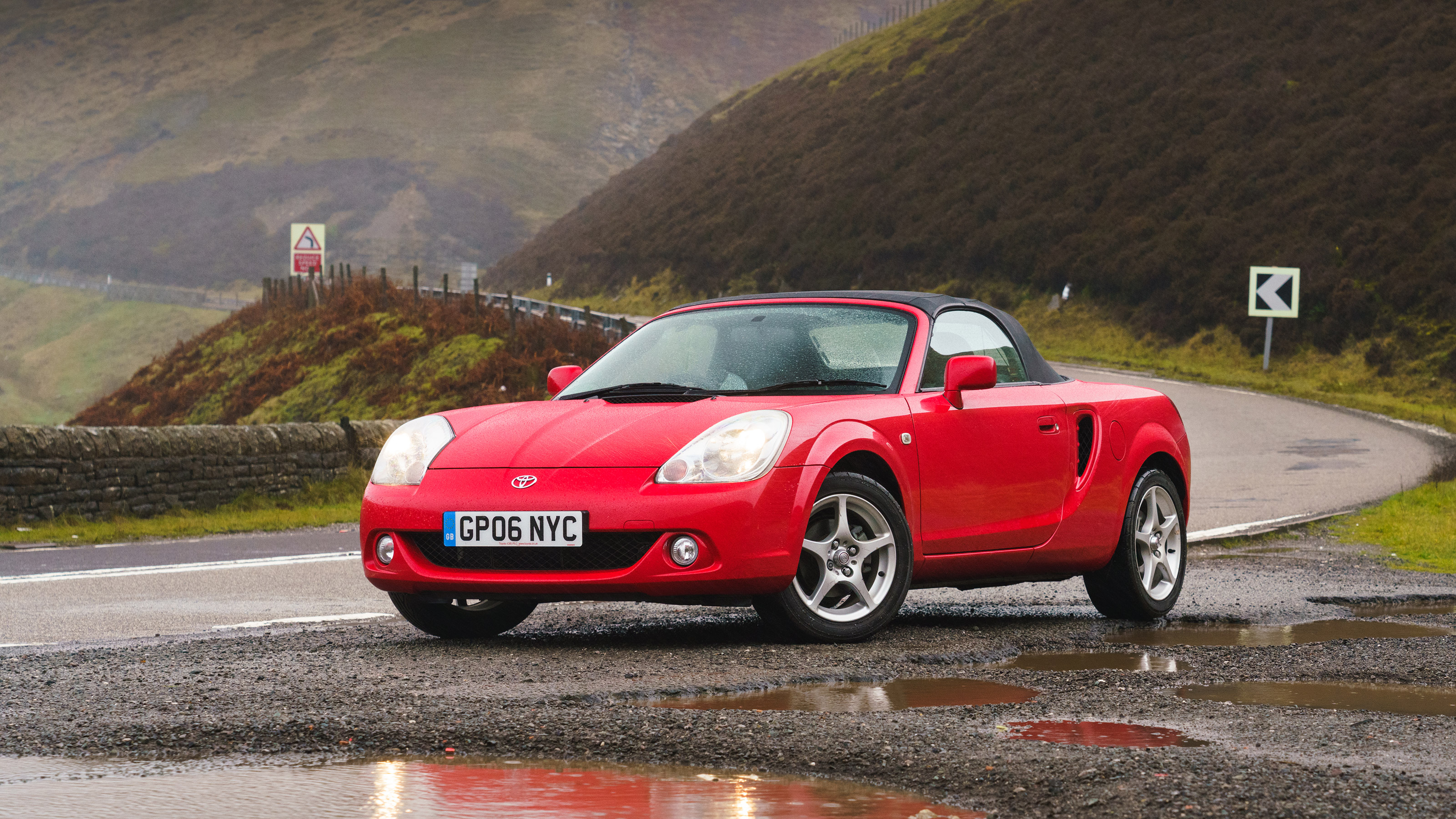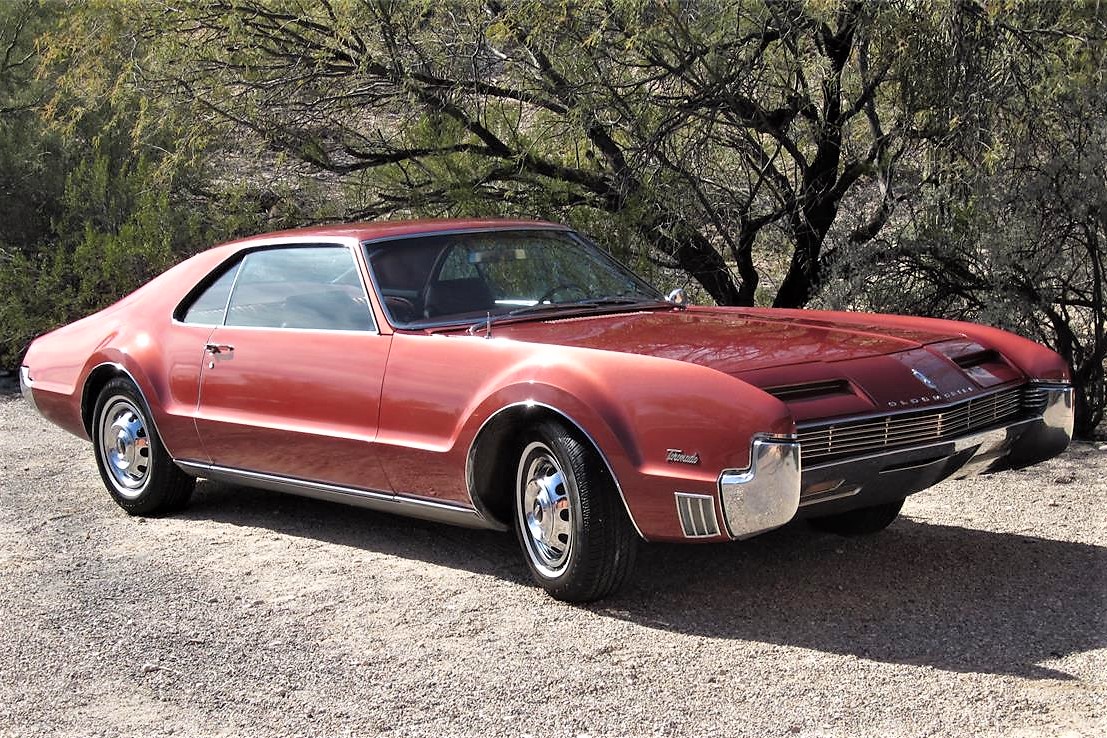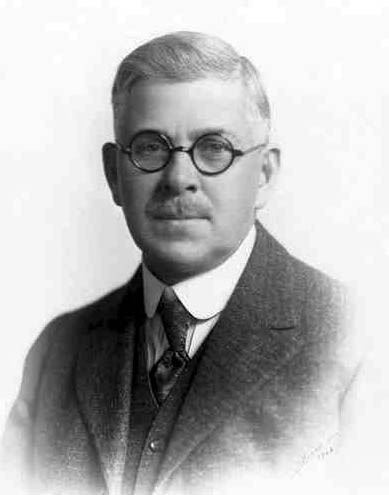Thanks to C/2 for suggesting this topic. I never imagined it would take almost six months to write all of the relevant posts.
My sources were:
The Beaulieu Encyclopedia Of The Automobile
standard catalog of Imported Cars
standard catalog of American Cars, both the 1805-1942 and 1946-1975 volumes
The American Auto
Encyclopedia Of American Cars
Wikipedia
Other Internet sites too numerous to mention…
Obviously, it’s very slim pickings to choose car makes whose names begin with x, y and z. I almost decided to end the Cars A To Z series with the letter w, but felt that would not be true to the intent of the project. Anyway…the three photos shown here are all from The Beaulieu Encyclopedia.

Xtra was, obviously, a cyclecar and was manufactured by Xtra Cars Ltd. in England from 1922 to 1924. It had a single cylinder, two-stroke engine mated to a 2-speed friction transmission that drove the rear wheel.

In 1912, Charles Baehni founded his company in Switzerland to build the Yaxa. According to Beaulieu, the name was derived from a French phrase that means “The only one.” Bravely or foolishly, depending on your perspective, Baehni began production of the car without building any prototypes. The car was available with two or four seats and was one of the first to have the gear lever and handbrake mounted centrally in the car. The outbreak of World War I ended production of the Yaxa.

The only Czech company in Cars A To Z, Z was a product of Ceskoslovenska Zbrojovka that was founded in 1919 and was originally an arms supplier to the Czech government. In 1924, the company began to produce small cars. For most of its history, their cars were powered by a 2-cylinder, two-stroke engine.
Z began to produce front-wheel drive cars in 1933 and finally manufactured a car with a 4-cylinder engine, the Z 5 Express shown above. The last Z car, the Z 6, was produced with a 2-cylinder engine. The company manufactured about 4,400 cars from 1924 until it ceased making automobiles in October, 1936. The business returned to its “roots” and began to supply the army with rifles and light machine guns.
The first few cars in the A To Z series received significantly more views than those that followed. The “G Car,” Graham-Paige, remains the most-viewed car in the series, by far. Fifteen of the 26 cars were built by non-US companies. If you want to read any of the posts, just type Cars A To Z in the search box/widget.
#CarsAToZ
#somanyCARSjustonelife
#disaffectedmusings
If you like this blog please tell your friends and share the blog URL (https://disaffectedmusings.com). Thanks.























